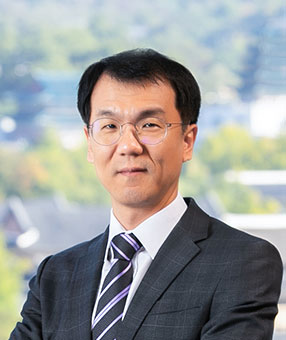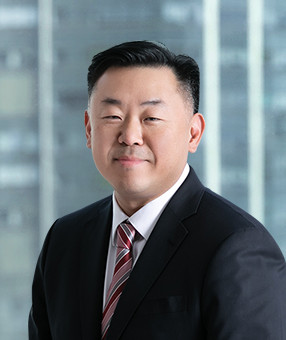Recently, Kim & Chang successfully obtained acquittals for a Korean display equipment manufacturer ("Equipment Supplier") and all 9 of its employees who were criminally charged with misappropriating and leaking industrial technologies and trade secrets belonging to a display panel manufacturer ("Display Manufacturer") overseas to Chinese competitor companies ("Subject Case").
In this case, the Equipment Supplier tried to sell equipment that it sold to Display Manufacturer to other customers who were competitors to Display Manufacturer. Notably, this was the first case where the act of selling equipment (rather than disclosing or leaking materials or information) that was previously supplied to another customer was charged as a leakage and misappropriation of trade secrets.
This was a high profile case that was closely followed in Korea because it was a dispute between a small supplier against a large buyer (one of the largest Korean companies) regarding the ownership and improper usage/leakage of IP rights (e.g., patents and trade secrets) that were created while the parties were in a buyer-seller relationship, which usually means that the terms of the relationship favor the buyer.
In many industries, and especially in the semiconductor and display industries, suppliers work closely with buyers to develop and supply various products and equipment that are essential to increasing the buyer's efficiencies and technical superiority over competitors. However, due to the close working relationship, disputes over ownership and use of IP rights can happen, as in the Subject Case.
The Subject Case began with an investigation conducted by the National Industrial Security Center of the National Intelligence Service. The Prosecutor's Office initially alleged that Equipment Supplier misappropriated trade secrets by establishing a paper company in order to export equipment that was analogous to equipment incorporating Display Manufacturer's industrial technologies and trade secrets ("Subject Equipment") to Display Manufacturer's overseas competitors.
At the start of the Subject Case, there seemed little hope of fending off the Prosecutor's Office and Display Manufacturer. In fact, within just three months of the Prosecutor's investigation being opened, the Prosecutor's Office had carried out several search and seizures on various venues (including Equipment Supplier's factory and the port where the subject equipment for Chinese competitors were being stored); arrested Equipment Supplier's technical staff and two executives; and indicted nine individuals along with Equipment Manufacturer and an alleged paper company (as corporate entities). According to the Prosecutor's Office, Equipment Supplier had misappropriated Display Manufacturer's industrial technologies and trade secrets by supplying equipment to four Chinese display panel manufacturing competitors.
The first instance court held more than 40 hearings over two years. During this time, in-depth technical analyses were conducted on the years of development history of the Subject Equipment, as well as the mountain of technical materials that were exchanged between the parties. Despite the odds, a non-guilty verdict for both companies and all 9 individuals was achieved by Kim & Chang. This was based on a herculean team effort over the course of more than two years, involving difficult in-depth technical analysis of the equipment down to the part-level and an almost complete review of the massive amounts of information relating to the development history of the equipment. Based on a deep understanding of the technology and the clearly presented history between the parties, Kim & Chang persuaded the Court that substantial portions of the alleged trade secrets were in fact developed or suggested by Equipment Supplier while other portions were publicly available through patent filings or generally known in the relevant industry. The Court's decision came down based on a detailed review of the numerous facts of this case – including who, what, when and how the technologies were developed over time and the scope and limitations of the various IP-related and confidentiality agreements at issue. The Prosecutor's Office has appealed the decision and the Subject Case is now pending on appeal to the High Court.
Based on our experiences from this case, we recommend parties entering into a close working relationship involving research and development (1) pay careful attention to the initial agreements defining the relationship; (2) define ownership of pre-existing IP rights; (3) identify the scope of confidential information subject to the NDA; (4) come to an agreement on exclusive purchase rights and who will own the developed technology with close monitoring of the equipment development process; (5) and clearly identify the contributions from each party and keep meticulous records of the development and payment history.
Related Topics








